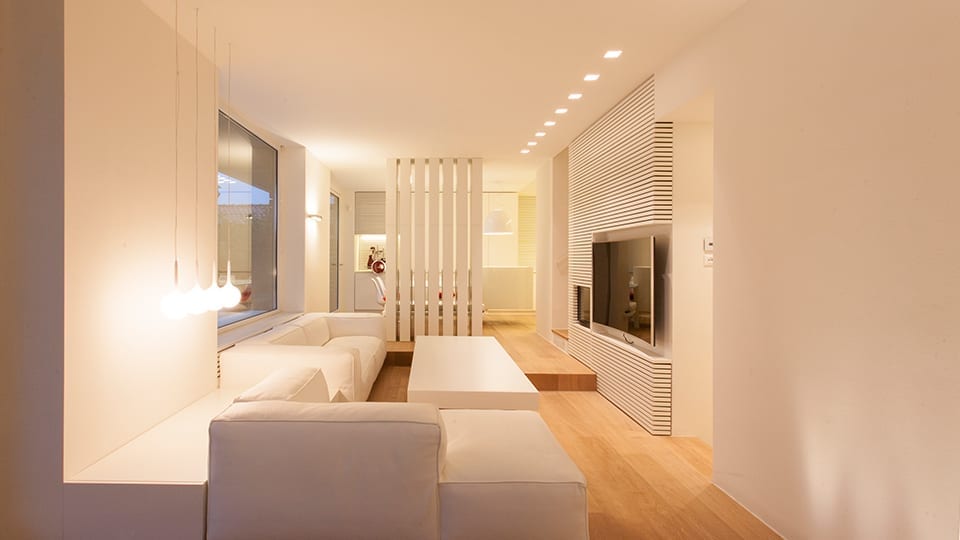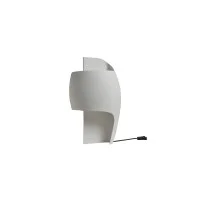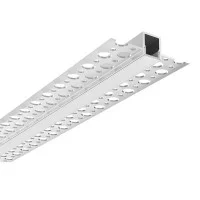Architectural lighting: what it is and how it works
Architectural lighting is an essential design element for any building or setting. In fact, it not only improves the aesthetics, but also the mood and productivity of the people who live or work there. In this article we will therefore understand what architectural lighting is, how it works and why it is so important.

What is Architectural Lighting?
Architectural lighting is the art of using light to enhance the appearance and function of buildings and spaces. In practice, it consists of using different lighting techniques to create a welcoming, functional and safe setting.
It can be used to emphasize particular architectural elements and allows you to create a harmonious blend of light, shadow and color that can enhance the shapes and architectural features of the building. This technique is often used in public settings such as museums, art galleries, theaters and restaurants, but can also be implemented in home and work settings.

How does architectural lighting work?
Architectural lighting works by using various light sources and different lighting techniques. First, it is important to choose the right light sources.
Warm LED lights (2700-3000K) are suitable for creating a welcoming atmosphere, while neutral and cool led lights (4000-6500k) can be used to create a brighter, more modern setting. Also, different types of lamps can be used to create specific effects. For example, spotlights can be used to illuminate artwork or other architectural features, while LED strips can be used to create distinctive lighting effects, such as a daylight or rainbow effect.
How to locate the lights
Another important consideration when it comes to architectural lighting is the location of light sources. It is important to place light sources strategically to create the desired effect. For example, lights placed close to the ceiling can create a diffused light effect, while lights placed low can create a directed lighting effect.
Lighting techniques can also be varied and include direct lighting, indirect lighting, accent lighting and background lighting.

An example of successful architectural lighting is the Guggenheim Museum in Bilbao in Spain, one of the best examples of architectural lighting in the world. The building is illuminated by LED lamps which emphasize its elegant lines and sinuous shapes. In addition to this, the warm white light used creates a cozy atmosphere and entices visitors to enter.
In conclusion, architectural lighting is the technique that allows you to create particular effects inside a building. By using specific light sources and placing them strategically, it is possible to create the desired atmosphere within an environment. To create architectural lighting in your home or work settings.
Written by Alice Pruccoli
Share this content


























